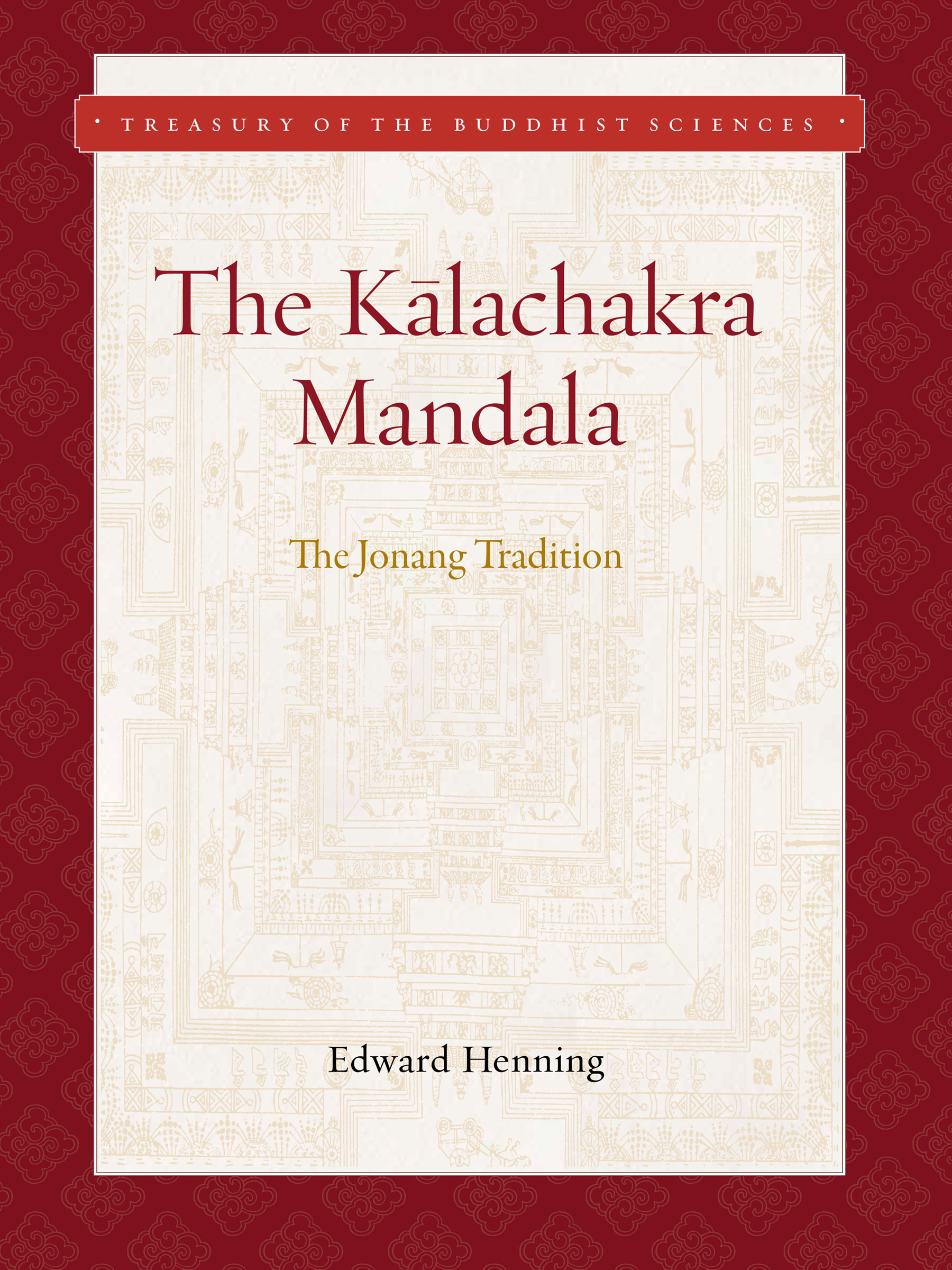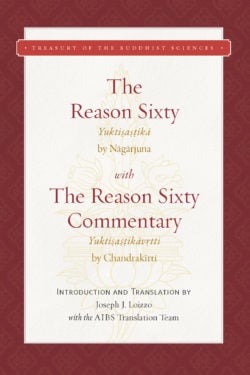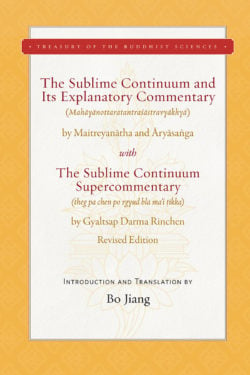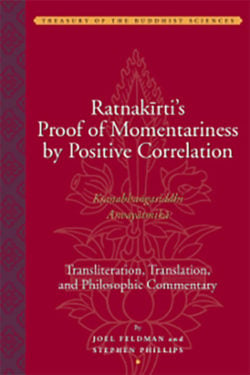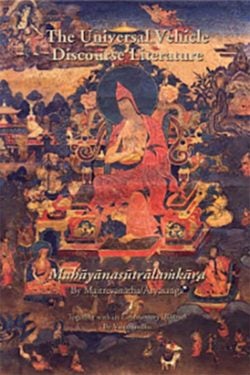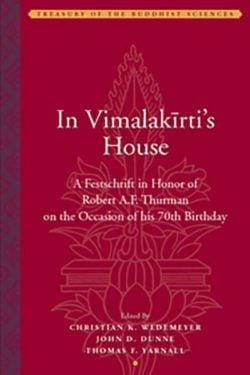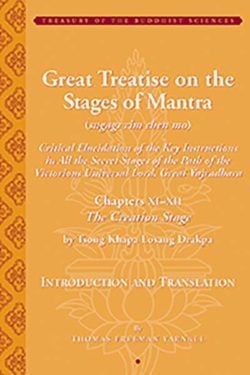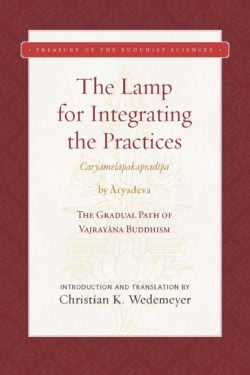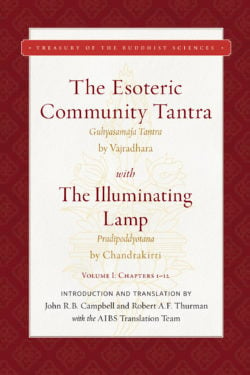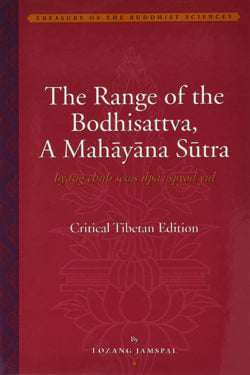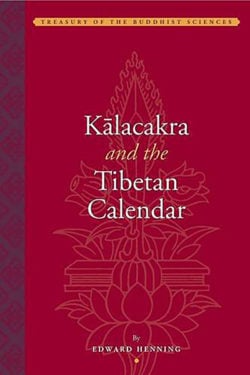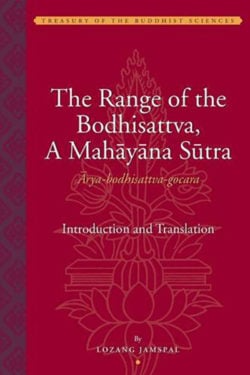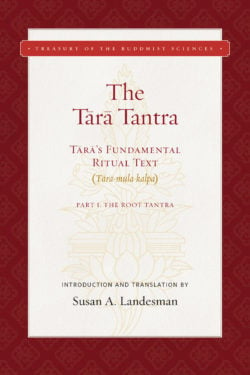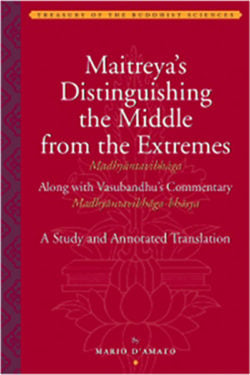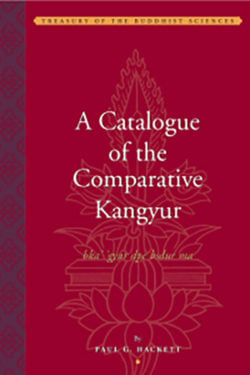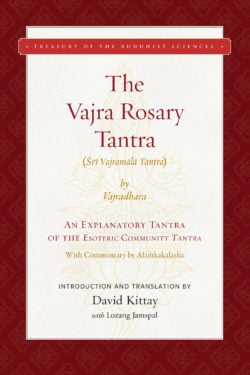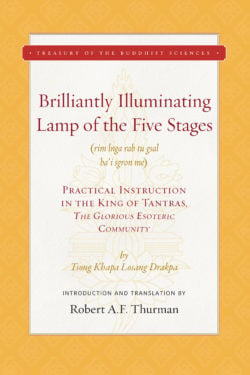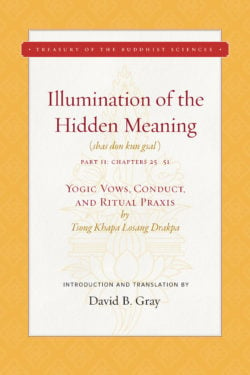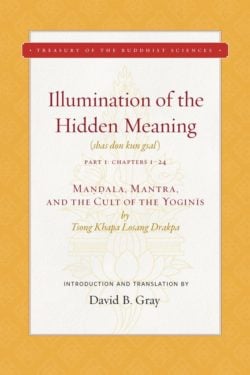THE KāLACHAKRA MANDALA
The Jonang Tradition
Edward Henning
A detailed, beautifully illustrated presentation of the construction and symbolism of the famed Kālachakra mandala, the crown jewel of the Indo-Tibetan tantric traditions.
This volume contains an extensive analysis of the construction and symbolism of the mandala of the Kālachakra tantric system, the most intricate and explicit of the Indian Buddhist unexcelled yoga tantras, the most advanced teachings within the Indo-Tibetan tradition. Indo-Tibetan tantric traditions, particularly the unexcelled category, depend on imagery and visualization for the processes of purifying cyclic existence, and Kālachakra is the most detailed. The late scholar-practitioner Edward Henning, one of the earliest Western specialists on this material, offers this labor of love as a testament to the genius of the Tibetan tradition in preserving and transmitting these teachings over a thousand years. Well known internationally now due to the Dalai Lama’s many public initiations, the Kālachakra mandala serves as a primary focal point for meditators both new and seasoned. Henning draws primarily from the Jonang tradition of Kālachakra practice, particularly the modern master Banda Gelek, to elucidate and clarify inconsistencies across traditions and literature, including the authoritative Indian commentary Stainless Light (Vimalaprabhā), regarding the construction and visualization of the three-tiered mandala with its hundreds of deities. In addition to providing detailed information on the images to be visualized, Henning provides in the final chapter a clear and extensive explanation of the symbolism of the habitat and inhabitants that are to be animated during the meditation session. An excellent companion to the translations of the Kālachakra Tantra and Stainless Light chapters co-published by the American Institute of Buddhist Studies and Wisdom Publications, this beautifully illustrated volume is a must-have for scholars and practitioners alike.

